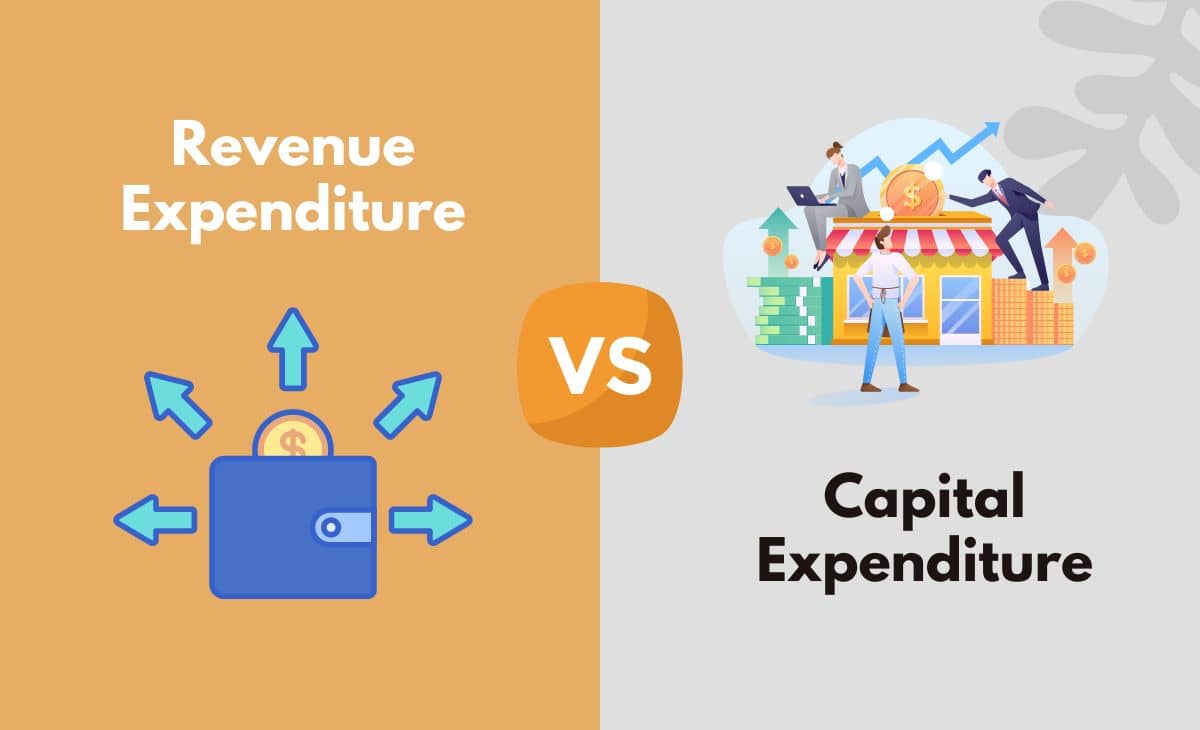
Certain business startup costs, business assets, and improvements are the types of business expenses that can be considered capital expenditures. This is because tax deductions on operational expenses apply to the current year, while deductions on capital expenditures can be spread out over a period of time through depreciation or amortization. Startup costs are categorized into capital expenditures or operating expenses, depending on how long it takes to recover each specific cost through future revenues. In summary, capital expenditure is expenditure on acquiring or improving non-current assets. The expenditure is for the long term (more than one year) and tends to be non-recurring, and is included in the balance sheet of the business. The difference between revenue expenditures and capital expenditures is another example of two similar terms that are easily mixed up.
Free Cash Flow – FCF
Installing the refrigeration system is necessary for using it for the first time and its cost is therefore a capital expenditure. Legal fees relating to the purchase of assets need to be capitalized in the cost of the asset. A minor repair restores the asset into its working condition, and its cost is classified as revenue expenditure. Revenue expenses can be fully tax-deducted in the same year the expenses occur.
Capital Expenditures vs. Revenue Expenditures: An Overview
- The expenditure is for the long term (more than one year) and tends to be non-recurring, and is included in the balance sheet of the business.
- The business seems to be doing well, but Sophia can’t be too sure unless she runs the numbers on her financial statements.
- In accounting it is important to distinguish between items of capital and revenue expenditure as their treatment in the financial statements differs.
- It would therefore depreciate the cost of the equipment throughout its useful life.
- This team of experts helps Finance Strategists maintain the highest level of accuracy and professionalism possible.
Expenses that are related to the regular running of the organisation’s activities. Often, spending might prove easier than making sure the expenditures do not go out of hand. Management has to look for newer methods of cutting down expenses without deterring the quality of production or slowing down the work rate. However, you can depreciate or amortize the cost of the asset over its useful life.
Revenue Expenditures Accounting Treatment
The total revenue curve visually depicts how the firm’s average revenue, representing the unit price, relates to the quantity of units sold. It serves as both the average revenue and demand curve for the company’s output. Businesses must make difficult decisions to allocate funds to the most critical activities that yield the highest returns and align with their strategic objectives. However, if the economy weakens or competition intensifies, the company may only see a 20% increase in production. For example, a company may build a new factory expecting to increase production by 30%. In contrast, a low ratio shows that a company may not have enough funds available to make capital purchases.

Q. What are the challenges in the management of revenue expenditure?
Generally, such expenditures will be divided into two categories, i.e., expenses for maintenance of revenue-generating assets and the expenses on things used for generating the business’s revenue. Expenditure on inventory is revenue expenditure as inventory is as current asset. When a business purchases inventory the amount consumed is transferred to the income statement as an expense under the heading cost of sales.
Ask Any Financial Question
If any of these questions are answered in the affirmative, the expenditure is capital; by contrast, if the answers are in the negative, then the expenditure is revenue. An item of expenditure for which the benefit expires within the year is classed as revenue expenditure. An expenditure is a capital expenditure if the benefit of the expenditure extends to several trading years.
Such expenses are never planned for and, hence, can easily upset all laid-down financial structures and profitability. Revenue payments are the amounts actually paid on account of some revenue expenditures. Capital payments are the amounts actually paid on account of some capital expenditures. There are also intangible results of capital expenditures that are difficult to measure, such as the impact on employee morale or the company’s reputation.
When a company acquires equipment, they display the cash outflow on the CFS and include the equipment in their total assets on the balance sheet. Suppose in a board meeting of EFG company, the purchase of a new plant was proposed for the newly opened production facility in another city. The plant is a fixed asset that will be used for many years by the company. Short-term expenses are referred to as revenue expenditures while expenses made for long-term assets are called capital expenditures.
The delivery and installation costs of 2,500 can also be treated as capital expenditure as they are necessary costs of bringing the machine to its present location and condition. Forgot that maintenance costs aren’t factored into the capital expenditures on those new industrial printers? That’s a hole developing in your pocket all of a sudden—it’s a revenue expenditure.
The firm incurs it to carry out operating activities, in the normal course of operations. The property, plant, and equipment balance is reduced by its accumulated depreciation balance. Apple has utilized $70.9 billion of the $114.6 billion of CapEx in this example. These balances are dictated by Generally Accepted Accounting Principles (GAAP). The rules, treatment, and policies a company must follow when accounting for CapEx usually mirror Apple’s treatment.
Revenue expenditure involves the funds used during the company’s business activities. These costs are fixed and must be incurred to support unemployment business operations. Revenue expenditure, on the other hand, is expenditure incurred for the day-to-day running of an organisation.
